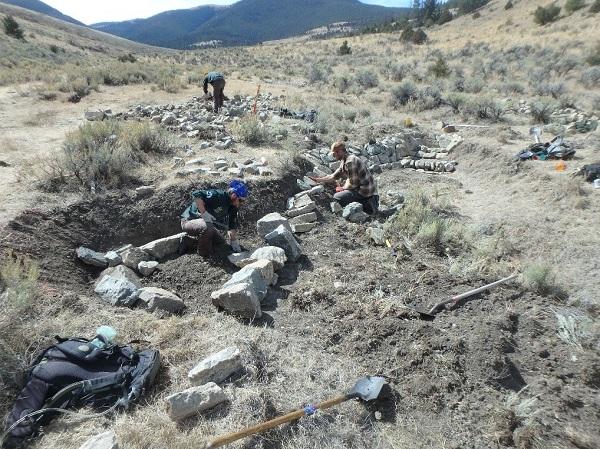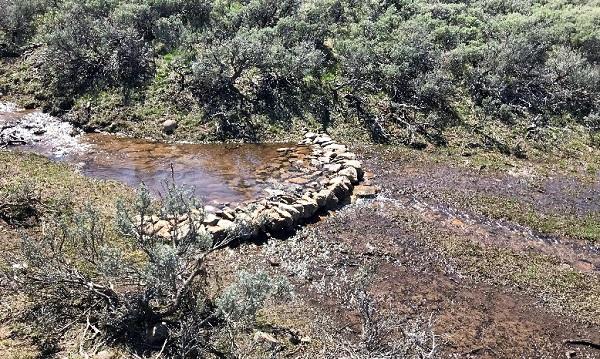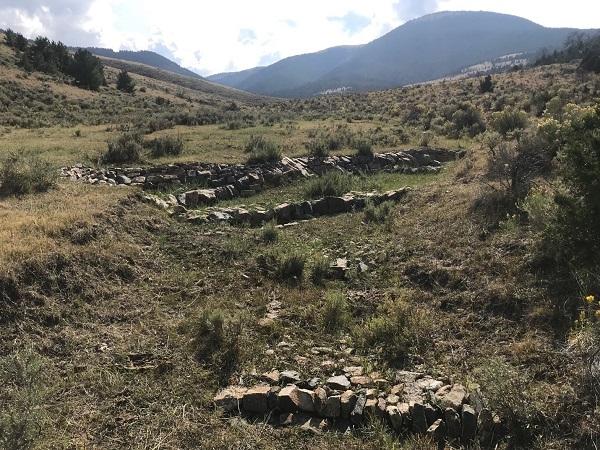Related Stories
- BLM unveils redesigned NEPA Register for easier public access
- BLM recognizes 2025 Community Engagement Award winners
- Progress on Public Lands: BLM 2025 Trump Administration Accomplishments | January 20 - December 31, 2025
- Popular posts: BLM's most viewed blogs of 2025
- Nine years of partnership pays off: Fitzhugh Creek Meadow restoration achieves dramatic results
Office
1005 Selway Dr.
Dillon, MT 59725-9431
United States
Phone:
Email:



